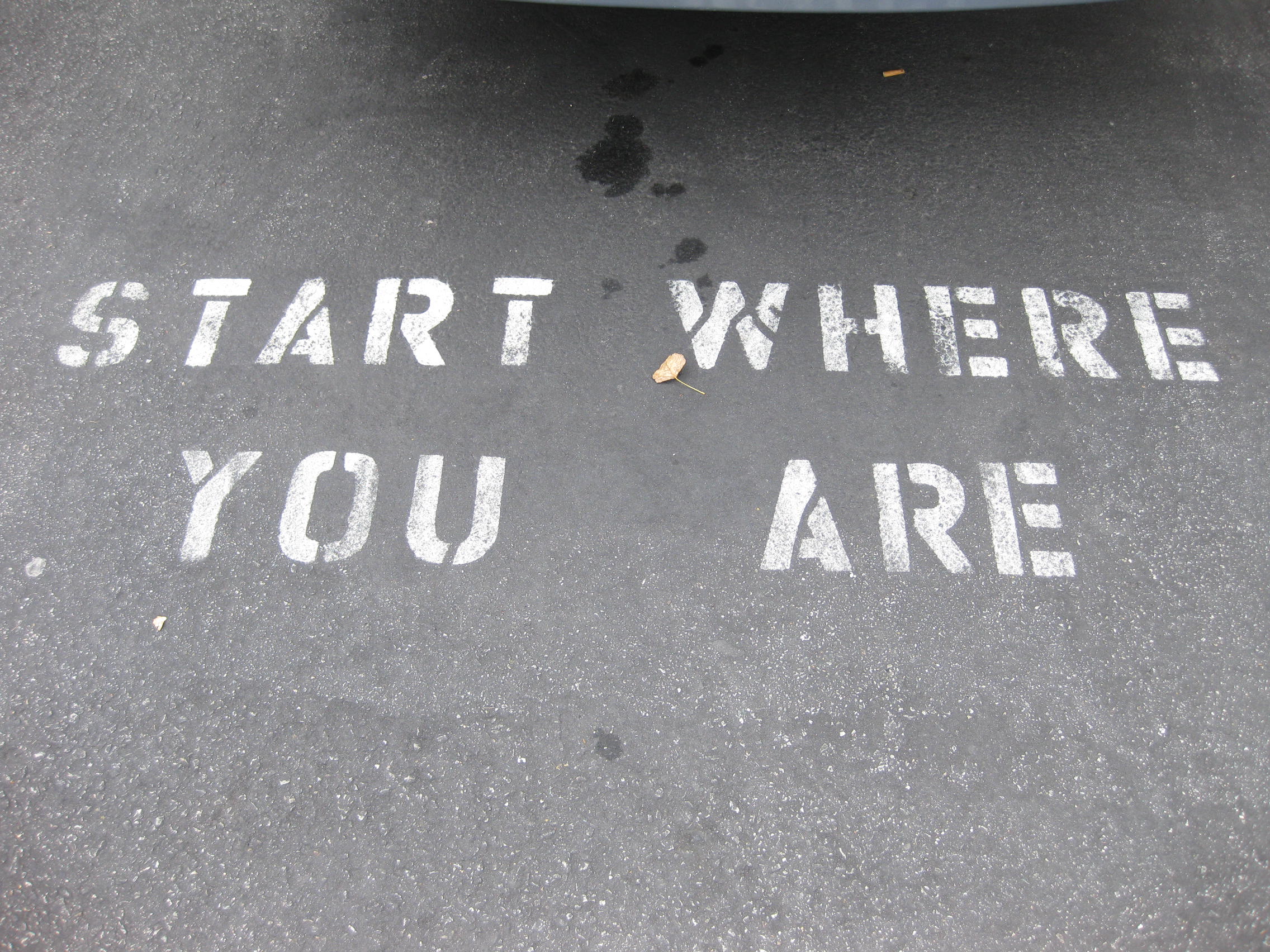For years acceptance has been the pinnacle of the grieving process. Acceptance is a cornerstone of Alcoholics Anonymous. It’s also fundamental to Eastern philosophies and practices such as Taoism, Buhhdism, meditation, and mindfulness.
All of these approaches promote acceptance. Be accepting of thoughts and emotions. Be accepting of situations and hardships. Be accepting of yourself and other people.
Theoretically, acceptance will result in less suffering, less sadness, less anger – generally less discomfort in our lives. Through years of practice and observation, I believe that is true. I’ve shared and taught the ideals of acceptance to hundreds of people, and in nearly every instance, no matter what I do or how I explain the concepts, the same problem arises.
People want to use acceptance as a way to control their emotions. They ask, “How will acceptance make my sadness go away.” They wonder, “If I accept everything, how will I control it?”
Hopefully, you picked up on the complete contradiction in the previous sentences. If not, let me explain. Acceptance means you’ve relinquished all expectation for change; you’ve taken a role as an observer. To say internally, or out-loud – “I accept that I’m sad” with the expectation that the sadness will go away is not acceptance at all.
Please don’t mistake the idea of acceptance with giving-up, surrendering, wallowing, or otherwise disconnecting from life. Genuine acceptance does not equate to throwing your hands up and spending three days in bed watching three seasons of a mediocre show on Netflix. That would be surrendering to sadness, not accepting it.
Genuine acceptance starts with nonjudgmental recognition – “I’m feeling sad.” You may simply sit with that feeling, examining and experiencing the thoughts and sensations associated with the emotion. After accepting that the feeling is present, you make the all-important decision about how you want to live your life (regardless of how you feel). Here’s the key to accepting uncomfortable emotions. You don’t have to wait for it to go away to start living life according to your values. You can be sad and call a friend. You can be sad and socialize. You can be sad and make dinner for your family. You can be sad and go to class. You can be sad and be kind, trusting, generous, engaged, or dedicated.
All of this is easier said than done. It requires clarity of personal values and goals. It requires intentional practice related to active acceptance. It requires self-compassion, patience, and vulnerability. Use this guided exercise to take a proactive approach to emotional acceptance.



